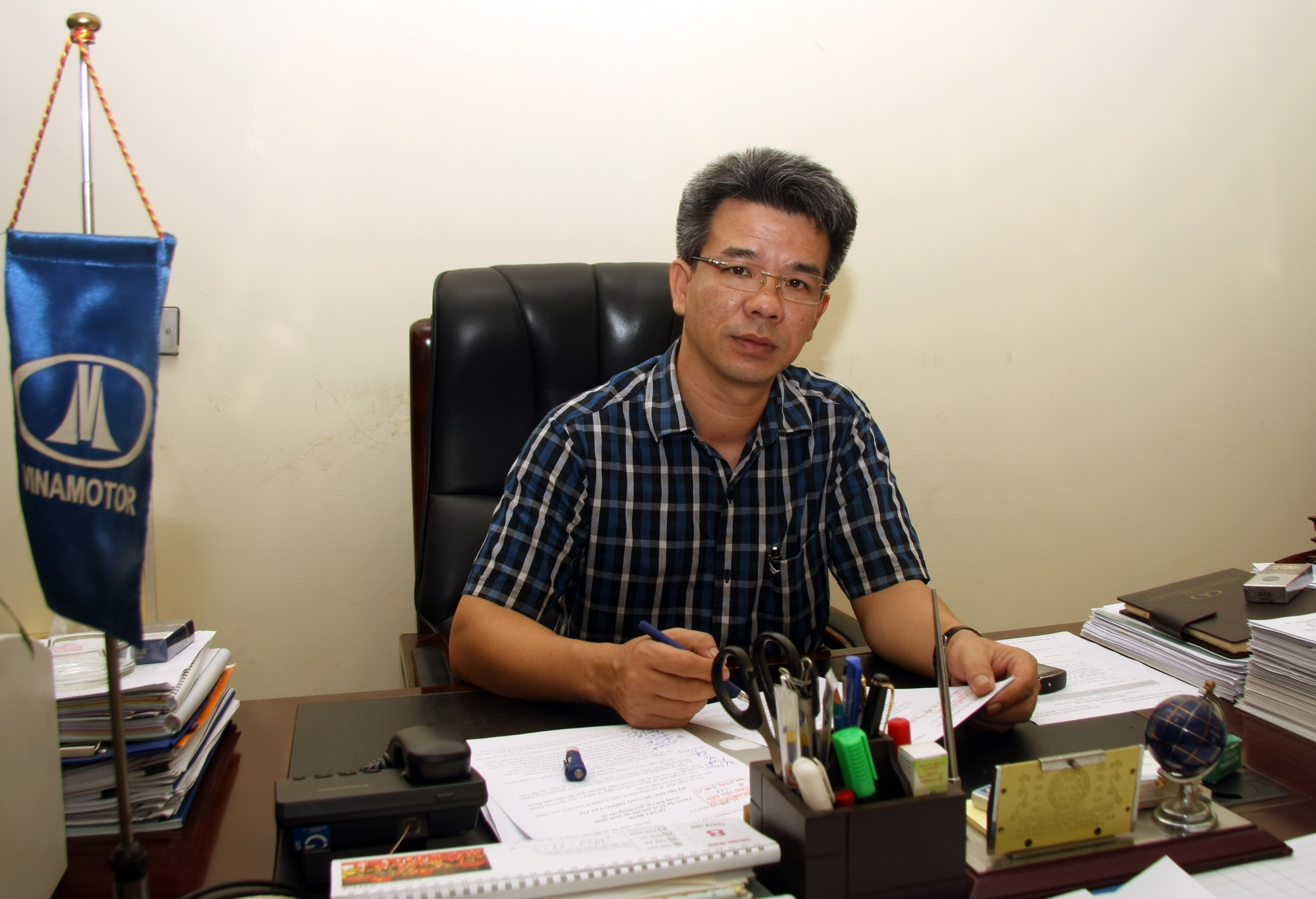Vinamotor looks abroad for support after restructuring

How has the equitisation and initial public offering changed Vinamotor’s business strategy? Will the company continue to call for strategic foreign partners?
In March, we successfully implemented the initial public offering, and in May we organised the first general shareholders’ meeting which officially launched the joint stock company. Right after the joint stock company was established, we began implementing the restructuring plan and re-arranging our subsidiaries. Our target is to divest from ineffective subsidiaries and non-core businesses. We are also looking for more investors who are interested in our company, and we expect to raise more funds to expand our car manufacturing business.
Vinamotor currently co-operates with several foreign partners. Hyundai Motor is our biggest partner, and we’ve worked together since 2000. They are also our biggest supplier of spare parts and components for the assembly of buses and trucks. After becoming a joint stock company, we will further develop this close relationship with Hyundai Motor because we see this as a strategic co-operation to develop our business in the future.
For years, Vinamotor has focused on assembling buses and trucks. Will the company change its business to focus on passenger cars or keep on your core segment?
Our strength is still to manufacture buses and trucks. Currently, we account for more than 50 per cent of the domestic bus market share, so we’re obviously going to maintain this as a strategic product. At present, we are researching how to manufacture eco-buses, using environmentally-friendly fuel, and we have already introduced buses using CNG fuel and hybrid buses. These products will be launched shortly, and will help meet the growing demand in the urban areas. However, we will also co-operate with our foreign partners to manufacture other products to satisfy the local demand.
Although Vinamotor accounts for half of the bus market in Vietnam, competition is increasing. How will you cope?
Demand for public transportation is expanding rapidly. Many vehicle manufacturers and dealers in Vietnam are focusing on this market, leading to increased competition. To maintain and strengthen our position, we understand that we must be more innovative, while improving the technology and quality of our products. By 2018, the import tax for automobile from ASEAN nations to Vietnam will reduce to zero, and this will be a big challenge for us. Our solution is to increase the localisation rate in our products in order to reduce production costs and enhance competitiveness. We have also developed a distribution network at 3S standard nationwide in order to better service our customers.
Vinamotor has co-operated with Hyundai Motor since 2000, can you tell more about this and how it has affected Vinamotor’s business?
Hyundai Motor is one of the biggest car makers in the world. 14 years ago, the two companies signed an agreement for assembling and distributing buses and trucks. After receiving technology from Hyundai Motor, our production chain has improved significantly, in line with the quality of products. Production capacity has been expanded too, with three production bases in the northern provinces of Bac Giang and Hung Yen, and Hanoi. As the result, our products are now sold nationwide and this has helped us cement our leading position in this market segment.
A month ago, the Vietnamese government introduced Vietnam’s automobile industry development strategy until 2020, in which the localisation rate of buses would rise to 40 per cent. Does Vinamotor plan to co-operate with Hyundai Motor to manufacture spare parts in Vietnam under another technology transfer agreement?
Most of our buses already have a localisation rate of above 40 per cent. Vinamotor plans to increase the localisation rate to reduce production costs. To this end, we expect to expand co-operation with Hyundai Motor to improve our production technology, especially to manufacture components and spare parts.
What the stars mean:
★ Poor ★ ★ Promising ★★★ Good ★★★★ Very good ★★★★★ Exceptional
Latest News
More News
- Mitsubishi Estate launches Logicross Hai Phong - a milestone in logistics evolution (November 20, 2024 | 14:32)
- Semiconductor workforce partnerships deliver industry-relevant training (November 20, 2024 | 10:58)
- German Quickpack to invest $31.7 million in Long An province (November 20, 2024 | 09:31)
- Foreign-invested enterprises drive logistics investment in the southeast region (November 20, 2024 | 09:27)
- Chile visit underscores trade benefits (November 19, 2024 | 10:00)
- Trump’s second term impacts sci-tech activities and industry 4.0 technologies (November 18, 2024 | 10:00)
- Vietnam eyes nuclear revival to bolster energy security (November 14, 2024 | 16:46)
- Kyokuyo completes $13.5 million seafood factory in Vietnam (November 14, 2024 | 12:19)
- VinFast receives $3.5 billion funding from Vingroup and Pham Nhat Vuong (November 14, 2024 | 06:38)
- Localities sprint to reach FDI targets (November 13, 2024 | 10:00)


















 Mobile Version
Mobile Version